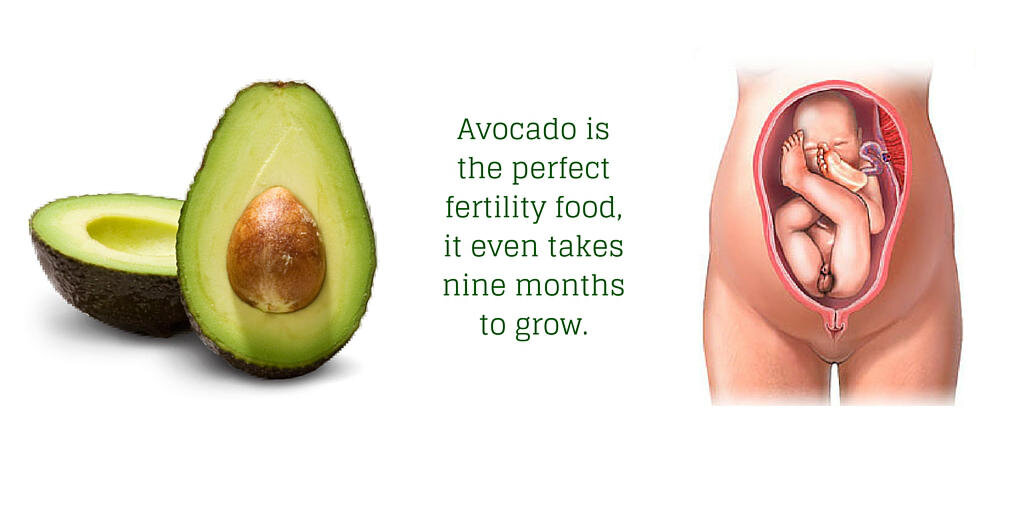Foods that look like body parts!
Have you ever noted the resemblance between a particular food and a human body part? I know I have! 😊 Some choose to believe it is just coincidence, but I choose to believe it is the amazing, yet bizarre doing of Mother Nature!
There are numerous foods found in their natural forms, resemble specific body parts. The interesting fact is that although these foods are beneficial to the whole body, they actually reflect the body parts they provide nutrients for!
You are what you eat... This saying has been around forever, but who would have thought that meant 'literally' speaking! I hope you find this info interesting, and remember to incorporate these foods into your diet (not only daily) but especially if you have a specific concern with that body part.
1. WALNUTS
The walnut looks like a little brain. In addition to having right and left hemispheres, the walnut’s folds and wrinkles are similar to the brain’s neo-cortex. Referred to as “brain food,” walnuts are rich in omega 3 fatty acids which help support brain function.
Walnuts help in developing over three dozen neurotransmitters within the brain enhancing the signalling and encouraging new messaging link between the brain cells.
Walnuts help warding off dementia. They also show potential to extract and break down the protein based plaques associated with Alzheimer’s diseases.
2. TOMATOES
Cut in half, this red fruit contains four chambers that look like the structure of the heart. Tomatoes are rich in lycopene. Benefits of lycopene include effects at cardiac, endothelial and vascular function. Studies have suggested that increasing the consumption of lycopene may help to decrease cardiovascular disease.
Tomatoes are also an excellent source vitamin C, biotin, molybdenum, and vitamin K. They are also a very good source of copper, potassium, manganese, dietary fibre, vitamin A (in the form of beta-carotene), vitamin B6, folate, niacin, vitamin E, and phosphorus.
3. CARROTS
If you cut a carrot in half crosswise, you will see a pattern of radiating lines that look like the pupil and iris of a human eye. As a child, I can remember my grandma telling me to eat my carrots so I could see in the dark! It turns out that there is a lot of truth to this! Carrots are loaded with vitamins and beta-carotene which protect vision and decrease the possibility of developing macular degeneration, cataracts and night blindness. On top of making your eyes sparkle and vision clearer - eating carrots enhances the blood flow to the eyes. They are also full of Vitamin C, Vitamin K, inositol, pantothenic acid, folate, potassium, iron, copper, and manganese
4. GRAPES
Grapes have an undeniable resemblance to the alveoli of the lungs. Alveoli are tiny sacs within our lungs that allow oxygen and carbon dioxide to move between the lungs and bloodstream. Studies have shown that including red/purple grapes in your diet has proven to reduce the risk of lung cancer and emphysema.
5. AVOCADO
With a shape mimicking the uterus, the avocado contains many nutrients which are beneficial for reproductive health. Avocados are good for the health and functioning of the womb and cervix of the female.
Studies have proven that woman who eat avocados regularly in their diet when pregnant, can balance the birth hormones, shed unwanted birth weight and even prevent cervical cancer. Folate, found in avocados, has been shown to reduce the risk of cervical dysplasia—a precancerous condition.
Coincidentally, just as it takes nine months to grow a baby, it also takes exactly nine months for an avocado to grow from a blossom to a ripe fruit! Just like a baby!.
6. GINGER
Ginger has been recognised for centuries as being the ultimate "cure" for relieving digestive problems such as nausea, loss of appetite, motion sickness and pain. Have you ever sipped ginger ale when your stomach was upset and found relief?
Ginger, which somewhat resembles the stomach, contains gingerol—the ingredient responsible for ginger’s pungent taste and scent. Gingerol is listed as a Class C Substance with the TGA - meaning the goods are deemed to have an established history of use. This phytochemical has the ability to prevent nausea and vomiting.
7. CITRUS FRUITS
Grapefruits, along with other citrus fruits such as oranges and lemons look just like the mammary glands of the female (the mammary gland is a gland located in the breasts of females that is responsible for lactation, or the production of milk).
Interestingly, it also assists the health of the breasts and the movement of lymph in and out of the breasts. Limonoids, found in this citrus fruit, have been shown to inhibit the development of cancer cells in lab animals and humans.
8. CELERY
Looking at celery, it’s easy to picture the long, lean stalks as if they are bones! As a nutritionist, I am always telling my clients to eat their leafy greens to increase their calcium intake! And yes the science does prove it!
Silicon, which is contained in celery, is part of the molecular structure that gives bones their strength. Celery and other green vegetables in its category, are foods specifically targeted to bone strength. Bones are made of almost of 25% of sodium, which is naturally found in celery. Celery is very rich in vitamin K and also contains vitamin A, potassium, and vitamin C.
9. FIGS
This ones for the men in our lives! Figs have been known to increase the sperm count in male reproductive system, as well as overcoming male sterility.
10. BANANAS
Everyone knows bananas are good for you - they are visually appealing in colour and smell great! Bananas contain a protein called "tryptophan" which is an ɑ-amino acid. When digested, tryptophan is converted into serotonin (a happy hormone).
Serotonin helps regulate mood and social behaviour, appetite and digestion, sleep, memory, and sexual desire and function. So keep smiling and keep peeling!.
11. SWEET POTATO Sweet Potatoes resemble the pancreas and can actually balance the glycemic index of diabetics. Sweet potatoes are an excellent source of vitamin A (in the form of beta-carotene). They are also a very good source of vitamin C, manganese, copper, pantothenic acid, and vitamin B6. Additionally, they are a good source of potassium, dietary fibre, niacin, vitamin B1, vitamin B2, and phosphorus.
12. BROCCOLI
If you look at a broccoli close up - you'll notice that it resembles mini cancer cells. I know that is a bit morbid to think, but lets look at the positives!
Many studies have proven that adding regular portions of broccoli to your meals can reduce certain cancers by 50%. Sulforaphane, an active potential component in broccoli, indole-3-carbinol and other isothiocyanates, have showed evidence to inhibit cancer by interfering with multiple cellular targets and mechanisms.












